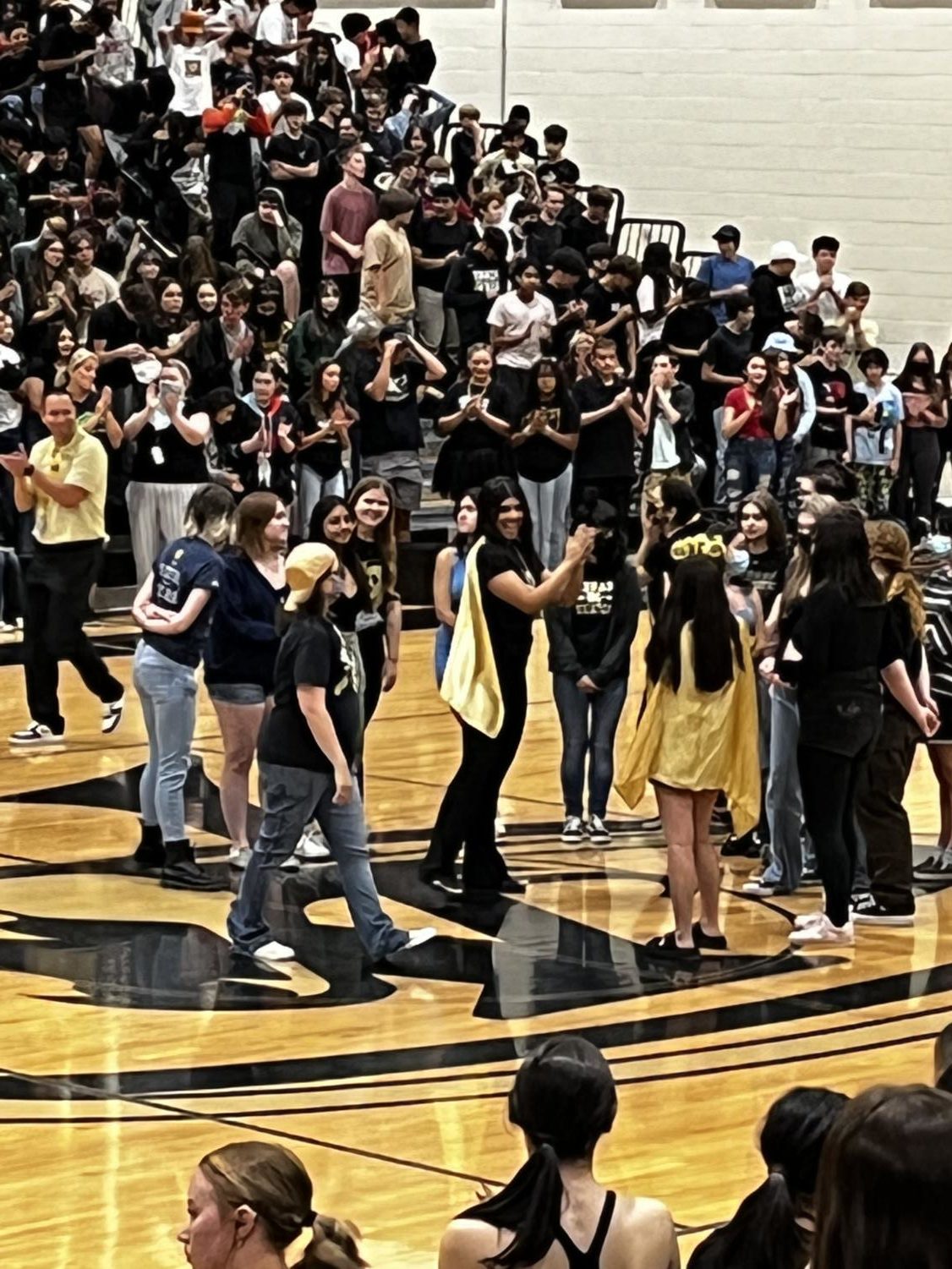Derry Girls, an Irish TV show that follows five teenagers growing up in the Northern Irish town of Derry, during the 1990s, began airing in 2018. It quickly garnered popularity nationwide, and even won a BAFTA award.
The show was then introduced to American audiences when it was added to the streaming platform, Netflix.
American viewers were immediately charmed by the eccentric characters, witty dialogue, and seemingly warm environment that dispersed a comforting atmosphere of nostalgia. The antics of Erin, Orla, Claire, Michelle, and James make one long for a time in their life they may have not even had, or are currently experiencing.
However, this lightness is always shadowed by the actual driving plot of the series: The Troubles.
The Troubles was a thirty-year conflict between Northern Ireland and England that took place from the late 1960s to 1998. Not only was it a dispute over the English colonization of Ireland, but it was also a religious dispute between Protestants and Catholics.
The IRA, or the Irish Republican Army, was established in order to drive England out of Northern Ireland for good and form a Republic through reunification.
Multiple conflicts between the IRA and the English military arose through the three decades of violence. They were deemed a terrorist group after multiple bombings and attacks that targeted civilians, specifically Protestants. It’s estimated that more than 3,000 people died in the conflict, with thousands more injured.
While each episode is mainly carried by a silly story with subsequent side plots, the wreckage of The Troubles is always looming in the background. For example, in the first episode, Mary, Erin’s mother, is concerned about the bombing of a bridge, because it may mean that Erin wouldn’t be able to make it to school.
This is a popular device in the show. Something major and usually quite horrifying happens because of the conflict, but the characters react to it as if it’s insignificant.
And it makes sense. These characters have never known a world where there are no bombings, a world where there’s no killing of innocents. To them, it’s just another day. An obstacle to overcome. A trouble.
This subtle darkness of the show perfectly contrasts with the lightheartedness of the characters. In the final episode of season one, the girls (plus James) join Orla on stage for her step aerobics routine, after she was heckled by the cruel crowd of convent school girls.
The girls (and James) dance happily on the stage, doing their best to match Orla’s routine. Even the head nun of the school, Sister Michael, cracks a smile.
The scene, however, immediately cuts back to Erin’s house. Her parents, her aunt, and her grandfather all crowded around the T.V., as the announcement of a brutal bombing rings through the living room.
The grown-ups are solemn as the news anchor deems the attack “One of the worst atrocities of the Northern Irish Conflict.” Dreams by The Cranberries, (which is essentially the show’s theme song), begins to play as the scene cuts back to the girls (and James).
They jump and flail around joyfully on stage, oblivious to the hundreds of eyes watching them, and oblivious to the terror that is taking place in the outside world. It’s moments like these when The Troubles is really allowed to shine in the show, and the viewer is fully immersed in the horrific events of the conflict.
Another moment like this takes place in the second season. The girls (and James) attempt to save their school rival, Jenny, from the Carrie-inspired prank a new student attempts to pull on her.
They run up to the stage as Jenny makes her speech, and try to force her off. She resists, and the buckets of tomato juice that are strung to the ceiling rain down.
Jenny assumes that the girls (and James) pulled the trick, and attempts to fight them with the help of her friends. Zombie by The Cranberries (which was actually inspired by The Troubles) begins to play, as the girls (and James) struggle in slow motion.
The scene then cuts to the adults at home, who listen as a Ceasefire from the IRA is announced. The people in their neighborhood celebrate, running through the streets with Irish flags and spray painting peace signs on buildings.
The girls continue to fight, oblivious this time to the miracle that had just occurred in the outside world.
Lisa McGee, the show’s creator and main writer, has the amazing ability to take something so serious like The Troubles, and display it alongside the very unserious adventures of Erin, Orla, Claire, Michelle, and James, without devaluing either story.
A sensitive topic such as The Troubles almost seems impossible to write comic relief around. But the show is able to do just that, because the characters are so endearing. The viewers watch them grow up with the conflict. They watch their ignorance dissipate as they mature into young adults, balancing with the eventual dissipation of the violence at the end of the series.




